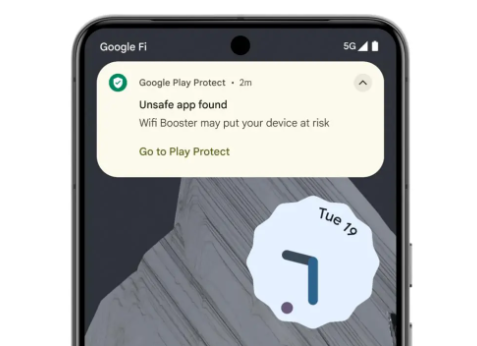After the demonstration at I/O 2024 dlast May, Google is distributing the function of Real-time scam detection for calls on devices Pixel. This new technology uses advanced algorithms to identify conversation patterns typically associated with scam attempts, emitting an audio and vibration alert to alert the user.
How Scam Detection works
When a call is identified as suspicious, a warning message “Probable scam” appears on the screen, accompanied by the phrase “Suspicious activity detected for this call.” Users then have the option to end the call or mark it as “Not a scam” if the system has detected a false positive. For example, if a caller claims to be from the bank and urgently requests to transfer funds due to a supposed problem with their account, Scam Detection analyzes the conversation to identify potential risks.
On the models Pixel 9, this feature is supported by the processor Gemini Nano, while for i Pixel 6-8a a system is used machine learning advanced by Google. Google guarantees that no audio or transcript of the conversation is saved on the device, sent to Google servers or stored in any way, ensuring complete privacy. The function is disabled by default and must be activated in the Phone app settings; furthermore, it can be disabled for specific calls.
The feature is currently available to public beta users of Google’s Phone app in the US, on Pixel 6 and later devices. To activate it, just go to Settings in the Phone app > Scam Detection, but we expect it to arrive on European smartphones too.
New app security features
In addition to the Scam detectionGoogle is improving device protection against malicious apps with an update to Google Play Protect. The real-time threat detection feature will report an “Unsafe App Detected” when a potential threat is identified. The system is initially aimed at identifying the stalkerware, i.e. software designed for collect sensitive data without consent of the user, but in the future it will be extended to other types of malicious applications.

This technology uses behavioral detection models pto identify malicious apps that try to hide their activities or that activate suspicious behavior only after a certain time. The feature is available on Pixel 6 and later and is powered by the Private Compute Core, with future expansion planned for other smartphone manufacturers in the coming months.
Source: www.androidiani.com


